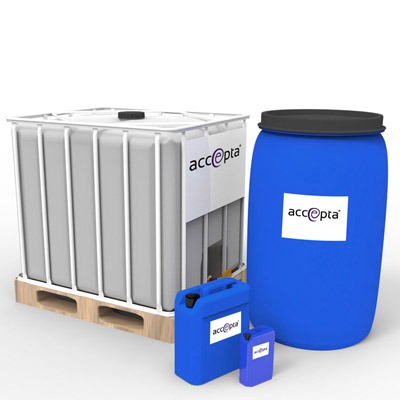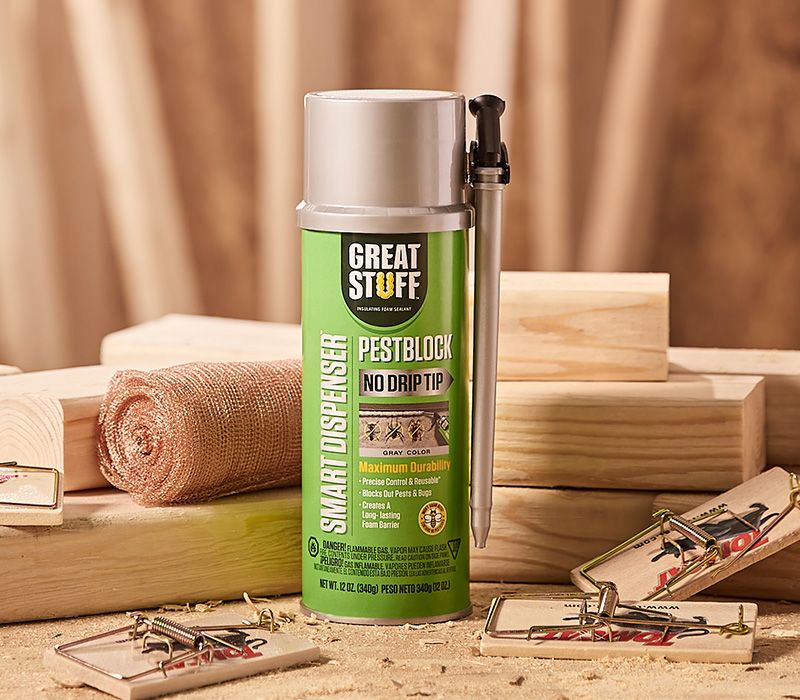Efficient Strategies for Achieving Optimal Foam Control in Chemical Manufacturing
Efficient foam control is an essential element of chemical production that can dramatically influence manufacturing efficiency and product high quality. By comprehending the devices of foam formation and choosing proper anti-foaming representatives, producers can take positive procedures to alleviate too much foam. Furthermore, the application of procedure optimization methods and advanced tracking systems plays an important role in maintaining optimal operating conditions. Nonetheless, the nuances of these methods can vary extensively throughout different applications, elevating important questions concerning best practices and real-world applications that warrant additional expedition.
Recognizing Foam Formation

Surfactants, or surface-active representatives, minimize the surface tension of the fluid, assisting in bubble stability and advertising foam generation. Furthermore, anxiety or mixing procedures can improve bubble formation, frequently exacerbating foam concerns. The qualities of the liquid tool, including thickness and thickness, further impact foam habits; for example, even more viscous liquids have a tendency to trap air better, resulting in raised foam stability.
Comprehending these fundamental facets of foam formation is essential for efficient foam control in chemical production. By recognizing the conditions that advertise foam development, makers can execute targeted techniques to mitigate its unfavorable results, thereby enhancing manufacturing procedures and guaranteeing constant product quality. This fundamental understanding is necessary before checking out details methods for regulating foam in industrial setups.
Selection of Anti-Foaming Representatives
When choosing anti-foaming agents, it is necessary to take into consideration the particular qualities of the chemical process and the sort of foam being created (Foam Control). Numerous factors influence the effectiveness of an anti-foaming agent, including its chemical structure, temperature level security, and compatibility with various other procedure products
Silicone-based anti-foams are extensively made use of due to their high efficiency and broad temperature range. They function by decreasing surface tension, allowing the foam bubbles to coalesce and damage even more conveniently. They might not be ideal for all applications, specifically those entailing delicate formulations where silicone contamination is an issue.
On the other hand, non-silicone agents, such as mineral oils or natural substances, can be helpful in certain situations, particularly when silicone residues are unwanted. These representatives have a tendency to be less effective at greater temperature levels however can offer effective foam control in various other conditions.
In addition, understanding the foam's origin-- whether it develops from aeration, anxiety, or chain reactions-- guides the option procedure. Evaluating under real operating problems is critical to ensure that the selected anti-foaming agent satisfies the distinct requirements of the chemical production process properly.
Process Optimization Techniques
Effective foam control is an important element of enhancing chemical production procedures. To enhance effectiveness and lessen manufacturing costs, manufacturers need to apply targeted procedure optimization methods. One vital method involves readjusting blending arrangements and rates. By fine-tuning these parameters, drivers can reduce disturbance, thereby decreasing foam development throughout mixing.
Additionally, managing temperature level and stress within the system can substantially influence foam generation. Reducing the temperature level may decrease the volatility of specific parts, leading to reduced foam. Preserving optimum stress levels helps in mitigating excessive gas release, which contributes to foam stability.
One more efficient technique is the calculated enhancement of anti-foaming representatives at critical points of the process. Careful timing and dosage can ensure that these agents efficiently reduce foam without interfering with various other procedure specifications.
Moreover, including an organized examination of basic material residential or commercial properties can assist determine inherently lathering substances, permitting preemptive measures. Carrying out routine audits and process testimonials can disclose ineffectiveness and areas for improvement, making it possible for constant optimization of foam control techniques.
Monitoring and Control Systems
Monitoring and control systems play a vital duty in keeping ideal foam administration throughout the chemical production procedure. These systems are important for real-time monitoring and modification of foam levels, making certain that production efficiency is taken full advantage of while reducing disturbances brought on by excessive foam formation.
Advanced sensors and instrumentation are utilized to spot foam thickness and height, supplying vital data that educates control algorithms. This data-driven technique allows for the prompt application of antifoaming agents, making sure that foam degrees stay within appropriate limits. By incorporating monitoring systems with procedure control software program, producers can apply automated feedbacks to foam fluctuations, minimizing the need for hand-operated intervention and improving functional consistency.
Furthermore, the assimilation of machine knowing and anticipating analytics right into keeping an eye on systems can facilitate positive foam monitoring. By assessing historical foam data and functional criteria, these systems can forecast foam generation patterns and recommend my link preemptive procedures. Routine calibration and upkeep of monitoring equipment are important to make certain precision and reliability in foam discovery.
Ultimately, her comment is here reliable monitoring and control systems are important for enhancing foam control, advertising safety and security, and boosting overall efficiency in chemical manufacturing environments.

Study and Ideal Practices
Real-world applications of monitoring and control systems highlight the value of foam monitoring in chemical manufacturing. A noteworthy study involves a massive pharmaceutical maker that applied an automated foam discovery system. By incorporating real-time monitoring with predictive analytics, the facility decreased foam-related production downtime by 30%. The data-driven technique permitted prompt treatments, ensuring consistent product quality and operational efficiency.
An additional exemplary instance originates from a petrochemical business that embraced a mix of antifoam representatives and procedure optimization methods. By evaluating foam generation patterns, the organization tailored its antifoam dosage, causing a 25% decrease in chemical usage and considerable cost financial savings. This targeted approach not just lessened foam interference but additionally boosted the general stability of the manufacturing procedure.

Verdict
In final thought, achieving optimal foam control in chemical production necessitates a comprehensive strategy including the selection of ideal anti-foaming representatives, execution of procedure optimization techniques, and the assimilation of sophisticated monitoring systems. Normal audits and training even more enhance the efficiency of these techniques, cultivating this content a culture of constant improvement. By resolving foam formation proactively, manufacturers can dramatically improve manufacturing efficiency and item quality, inevitably contributing to more lasting and cost-effective operations.
By recognizing the mechanisms of foam development and picking suitable anti-foaming representatives, manufacturers can take proactive procedures to mitigate extreme foam. The qualities of the fluid tool, including viscosity and thickness, more influence foam habits; for instance, more thick liquids have a tendency to trap air a lot more properly, leading to enhanced foam stability.
Recognizing these fundamental aspects of foam formation is crucial for reliable foam control in chemical manufacturing. By evaluating historic foam information and functional parameters, these systems can forecast foam generation patterns and suggest preemptive procedures. Foam Control. Regular audits of foam control determines make certain that procedures remain optimized, while promoting a culture of positive foam administration can lead to lasting renovations throughout the production spectrum